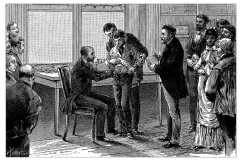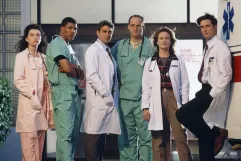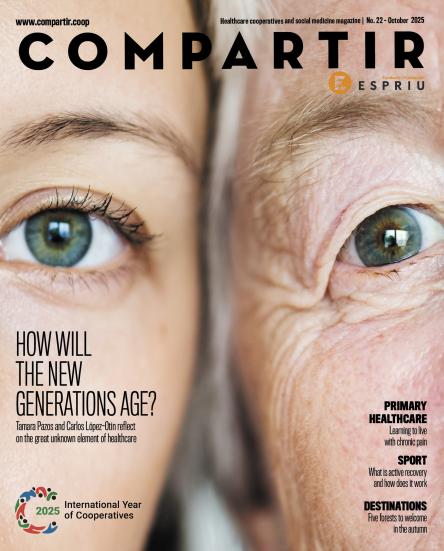
The modern doctor: a mixture of scientist, technician and humanist
Educated in science, trained in technology and guided by ethical and human values, the 21st century doctor faces complicated challenges in a constantly evolving healthcare system.
It would be impossible to go over the list of names and discoveries in this article that allowed the moving on from the obfuscation to the light linked to science, but we can indicate some fundamental moments. Great names such as the Roman doctor Claudius Galenus, Oribasius de Pergamo (the personal doctor of the Roman Emperor Julian the Apostate and compiler of the medical knowledge from his time in seventy volumes), or the Persian Al-Razi (who started to use alcohol for disinfection) were essential in this gradual progress. Also it is fair to say, there was a dark history regarding medicine, which has been collected very well by the neurologist and essayist José Alberto Palma, with terrible treatments such as the use of leeches or gory practices of the so-called mythical ‘sacamantecas’ or ‘fat-extractors’ in Spanish folklore.
In order to ensure that the doctors had the correct knowledge and applied proven procedures, academic institutions began to spring up, which were already flourishing in the Middle Ages, such as the Salerno Medical School in Naples, or the Montpellier School of Medicine, the oldest in the world, where amongst others, Arnaldus de Villa Nova or the writer François Rabelais studied. In spite of all this, many religiously-inspired beliefs, such as the famous ‘king’s touch’, which attributed healing powers to the touch of monarchs remained.
Anatomy and reason
Later on, renaissance medicine, still very defenceless and with great religious fear, would have to face great challenges such as the Black Death. It was the time of the anatomists such as Vesalius or Leonardo da Vinci, who studied the human body by dissecting corpses. However, in times of the Illustration scientific societies started to be formed. The doctor was represented as the person in charge of bringing this knowledge to light as confirmed by Rembrandt’s famous painting, Anatomy Lesson of Dr. Nicolaes Tulp (1632).
The 19th century marked the end of more vertical medicine (which only allowed the wealthy to access the best medical treatments) in order to start the preventive medicine and public health phase, provided by Rudolf Virchow, considered to be the father of modern pathology. It is also the time when ether first came into use for sedating patients before surgery. Great discoveries continued: the microbial theory and the study of infectious processes; the appearance of the first antibiotic, penicillin, thanks to Alexander Fleming, or the application of X rays, the first image diagnosis technique.
The 20th century would give way to the consolidation of different medical specialities and the constant progresses made in pharmacology and treatments. Research would be the key factor to ensure the fast evolution of medicine. The doctor would cease to be the mere experienced professional, who used his sense of smell to reach a diagnosis, and would start to accumulate a larger number of tests and evidence that would unequivocally certify the truth of their affirmations. Medicine was now a proven asset for humanity as a whole, which should have a universal scope. For this purpose, the primary care services would be consolidated in different countries and in 1948 the creation of the World Health Organisation.



